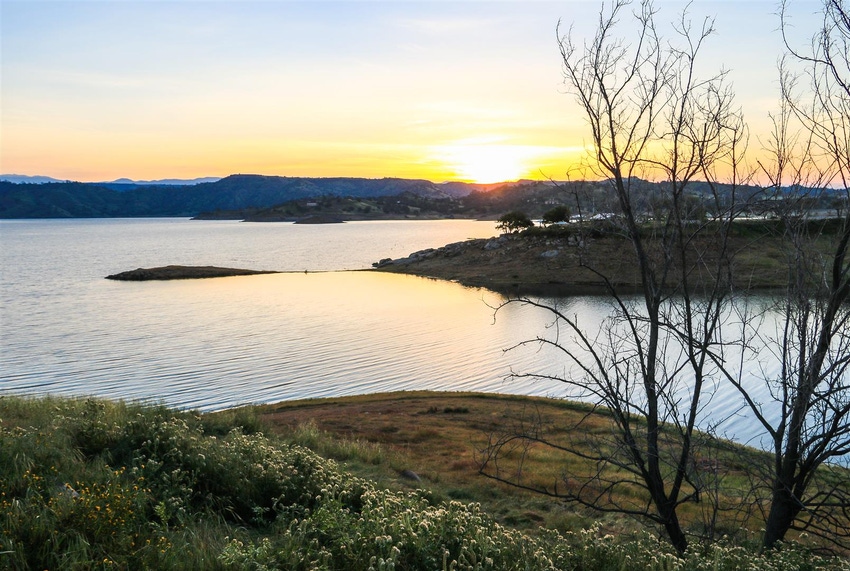March 25, 2016

California’s “March Miracle” may have effectively filled three reservoirs with rain and snow but those who hold the keys to the state’s water supply apparently do not see it that way.
As I write this Shasta Lake, the cornerstone of the federal Central Valley Project, is near capacity – so too are lakes Oroville (a State Water Project facility) and Folsom (a federal Central Valley Project reservoir). This is huge given that all three suffered mightily during the drought.
Folsom, for instance, fell so low last summer that the City of Sacramento had to install temporary pumps and hoses to siphon the last bit of water from the lake to meet urban water needs because the lake dropped below “dead pool,” or the level at which permanent pumping facilities can no longer move water to urban treatment plants.
For Shasta the increase in storage is even more remarkable.
March rains and runoff added nearly 1.2 million acre feet of storage to Shasta Lake inside of two weeks, putting it within 500,000 acre feet of full by the Easter holiday weekend.
These high water events also boosted river flows, which when combined with reservoir releases meant to keep the lakes from over-filling, pushed outflows through the Delta to levels not seen in years.
The rub with California farmers and anyone with more than one working brain cell is the fact that officials failed to capture these flows for storage in San Luis Reservoir, a major south-of-the-Delta storage facility that helps supply San Joaquin Valley farmers with irrigation water.
Meanwhile, the Bureau of Reclamation has not yet issued its south-of-the-Delta water allocation because they’re apparently trying to figure out how to get water from Shasta Lake, through the Delta, to folks like the Exchange Contractors, who hold senior water rights and have the legal authority to call on water other San Joaquin Valley farmers rely upon.
After a discussion with Steve Chedester, executive director for the Exchange Contractors, and sitting through a public meeting of the Friant Water Authority, the heartburn the Bureau will likely create next week will be unnecessary and reprehensible given hydrologic conditions that include nearly-full northern California reservoirs and hydrologic conditions sufficient to allow California to issue a 45 percent allocation to State Water Project contractors.
There is a real fear that the Bureau next week will issue a zero-percent allocation to those who are south of the Delta, meaning Westlands Water District and other west side water agencies will once again be in the unsustainable position of having to pump 100 percent of their irrigation resources this summer.
If this happens the USBR and the fish agencies driving the bus will be forced to defend the indefensible.
You May Also Like




